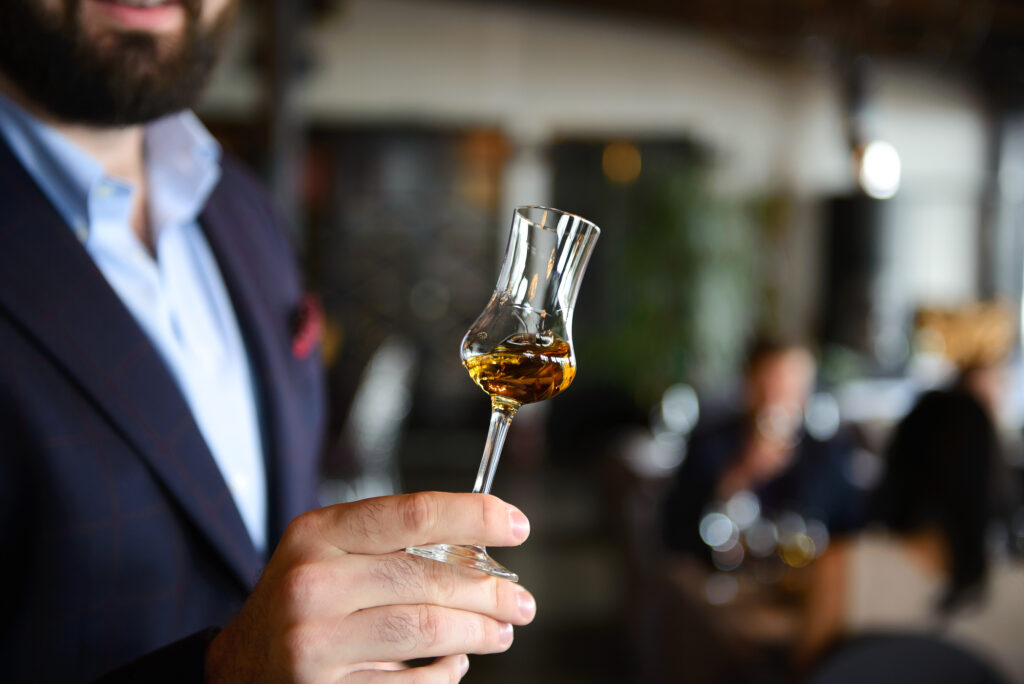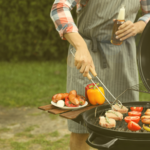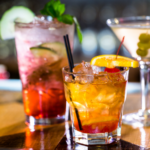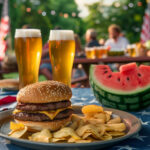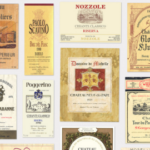Tasting spirits is a captivating odyssey, where each sip unveils a story, a tradition, and a craft honed over centuries. This is not merely about drinking; it is about tasting, savoring, and understanding the essence of spirits that have traversed time and geography to reach your glass. The art of spirit tasting is a ritual, a bridge connecting the past with the present, inviting us to explore the depths of flavors, aromas, and the very soul of these distilled marvels.
Key Takeaways
- Understand the importance of the setup, including the right environment and tools, to enhance your tasting experience.
- Learn the techniques of professional tasters, from observing the spirit’s color to the correct way of smelling and tasting.
- Discover the intricate details about the origins, aging, and distillation processes that contribute to the spirit’s unique character.
The Setup: Preparing for a Tasting
Choosing the Right Environment
Creating the perfect environment is crucial for a successful tasting session. It should be a quiet, well-lit area free from distractions and strong odors that could interfere with the perception of the spirits. Ensure the temperature is comfortable and the lighting is conducive to observing the spirit’s true color.
Selecting Your Spirits
When selecting spirits for tasting, variety and quality are key. Aim to include a range of types and brands to fully explore the spectrum of flavors and aromas. It’s beneficial to have a theme, such as comparing spirits from different regions or focusing on a specific type of spirit like whiskey or rum.
Essential Tools and Glassware
Proper tools and glassware enhance the tasting experience. Use clean, appropriate glasses such as tulip glasses or snifters which are designed to concentrate the aromas. Essential tools include a water jug for cleansing the palate and a notebook for recording tasting notes.
Tasting Like a Pro: Tips and Etiquette
Observing Color and Clarity
Start your tasting experience by observing the color and clarity of the spirit. This initial visual inspection can provide clues about the spirit’s age and the type of cask used during aging. Hold the glass up to a light source and tilt it to examine its hue and transparency.
The Correct Way to Smell
Smelling, or nosing, is crucial for developing a refined palate. Gently swirl the spirit in the glass to release its full bouquet of aromas. Take short, quick sniffs rather than deep inhales to avoid overwhelming your senses.
Tasting and Evaluating
When tasting, take a small sip and let it coat your mouth. Focus on identifying the different flavors and textures. After swallowing, pay attention to the aftertaste or finish, which can reveal more about the spirit’s complexity and balance. Use a tasting notebook to record your impressions and track your progress in appreciating fine spirits.
Remember, the key to a successful tasting is patience and attentiveness. Allow yourself time to fully engage with each aspect of the spirit.
Understanding the Spirit: Beyond the Bottle
The Importance of Origin
Origin plays a crucial role in the identity of a spirit. The geographical location, climate, and local ingredients all contribute to the unique characteristics of each spirit. Understanding where a spirit comes from can enhance your appreciation and provide insights into its distinct flavors and aromas.
The Role of Aging
Aging is a transformative process that deeply influences the flavor profile of spirits. The type of cask used and the duration of aging determine the smoothness, color, and complexity of the final product. Spirits such as whiskey or rum can spend years in barrels, evolving with time to achieve their signature richness.
Influence of Distillation Techniques
Different distillation techniques can dramatically affect the taste and quality of spirits. Whether it’s pot still distillation for rich, full-bodied flavors or column still distillation for cleaner, more refined spirits, each method has its merits. Exploring these techniques can provide a deeper understanding of how spirits are crafted and what makes each one unique.
Avoiding Common Pitfalls
Common Mistakes to Avoid
Certain foods and fragrances have the power to linger, clouding your ability to fully appreciate the delicate balance and complexity of a spirit. To sidestep these common pitfalls, it’s advisable to avoid overly spicy, pungent, or aromatic foods prior to your tasting. These flavors can mask the subtle notes you’re seeking to uncover, skewing your perception and the spirit’s true profile.
How to Cleanse Your Palate
Adhering to proper palate cleansing techniques is crucial for a clear and unbiased tasting experience. Simple practices such as sipping water or eating neutral foods like plain bread or crackers can effectively reset your taste buds between different spirits.
Maintaining Focus During Tasting Sessions
To truly appreciate the nuances of each spirit, maintaining focus during tasting sessions is essential. Avoid distractions and engage deeply with the spirit in a dialogue that transcends the ordinary, elevating your sensory journey to an art form.
Conclusion
As we conclude our guide on how to taste and appreciate spirits, remember that this journey is as enriching as it is enjoyable. Each spirit offers a unique narrative, a blend of history, culture, and meticulous craftsmanship. By embracing the techniques and etiquette outlined, you not only enhance your sensory experience but also deepen your connection with the spirit’s heritage. Whether you’re a seasoned connoisseur or a curious novice, the world of spirits invites you to explore, taste, and appreciate its complexities. So, raise your glass to the art of spirit tasting, where every sip is a step deeper into the realm of distilled elegance.
Frequently Asked Questions
How should I prepare for a spirit tasting session?
Choose a quiet, well-lit environment, select a variety of spirits to taste, and ensure you have the right glassware and tools such as a spittoon and water for cleansing your palate.
What is the correct way to smell spirits during tasting?
Hold the glass beneath your nose and breathe in with both your nose and mouth. Avoid sticking your nose into the glass or swirling the spirit, as these actions can overwhelm your olfactory senses.
How can I avoid common pitfalls during spirit tasting?
Avoid common mistakes such as swallowing too quickly, not cleansing your palate between tastings, or losing focus. Take your time to savor each sip and engage with the spirit’s complexities.

